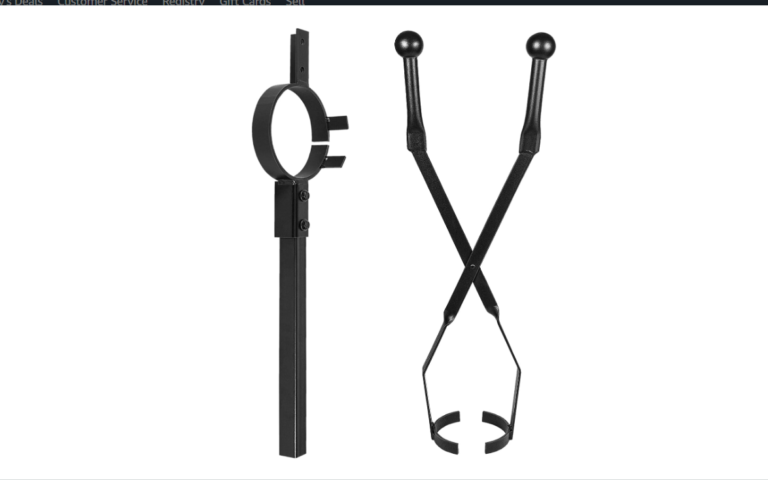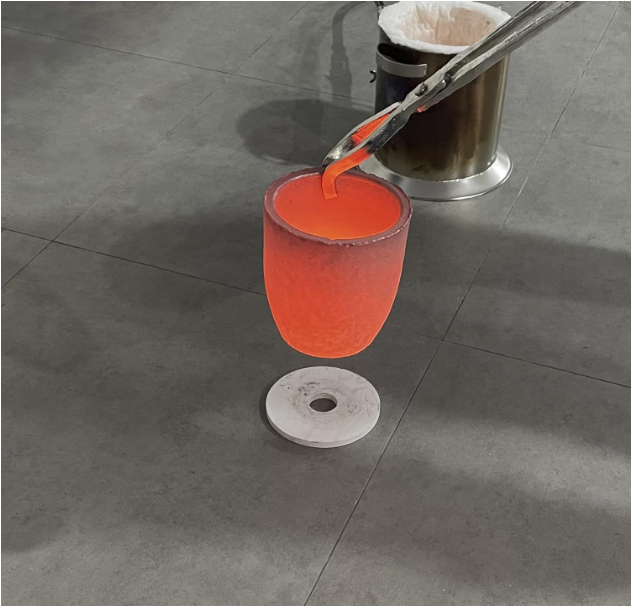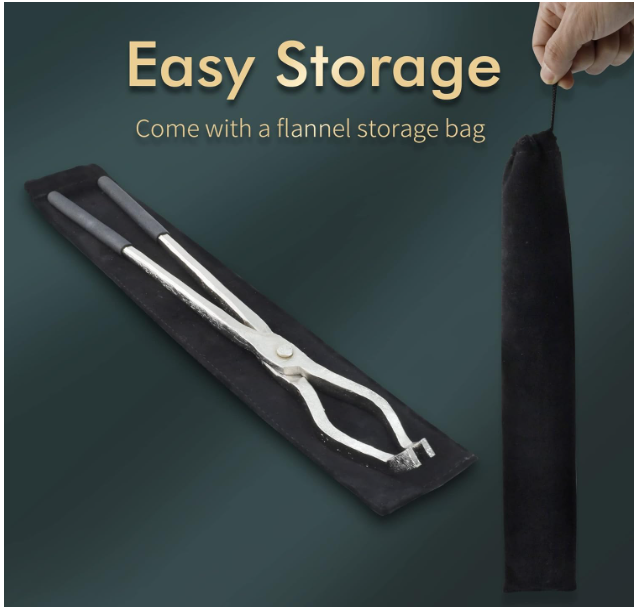In the intricate world of chemistry laboratories, the unassuming heroes are crucible tongs where experiments teeter on the precipice of precision, it’s often the simplest of tools that make the most significant impact. In this comprehensive guide, we’ll take an in-depth look at these unsung champions of chemistry labs, exploring their importance, usage, and the crucial role they play in scientific discoveries.
Defination
Understanding the Basics
Crucible tongs, in their essence, are gripping tools designed for the safe and precise handling of crucibles. A crucible itself is a small, heat-resistant container used for heating substances to high temperatures during laboratory experiments. Crucible tongs are specially crafted to provide a firm yet gentle grip on these fragile vessels, allowing chemists and researchers to manipulate them without risking contamination or injury.
The anatomy of crucible tongs is straightforward yet purposeful. They typically consist of two arms joined at one end by a hinge, somewhat resembling a pair of scissors. The opposite ends of the arms have curved, serrated jaws that can securely grasp the crucible’s rim. This design enables scientists to lift, transport, and pour the contents of the crucible with precision.

The Versatility
These are not limited to a single function; they’re versatile tools with various applications in the laboratory. Let’s delve into some of the crucial roles these tongs play:
1. Secure Handling
The primary function of crucible tongs is to provide a secure grip on crucibles, preventing accidental spills or drops. This is vital when working with volatile or hazardous substances.
2. Precise Pouring
Chemists often need to pour the contents of a crucible into another vessel or onto a surface. these tongs allow for precise pouring, reducing the risk of contamination or splattering.

3. Heating and Cooling
These are frequently subjected to high temperatures during experiments. Tongs enable researchers to place or remove crucibles from heating sources such as Bunsen burners or furnaces safely
4. Transportation
Moving crucibles between workstations or laboratory setups is simplified with the use of tongs. This ensures the integrity of the experiment and the safety of the researcher.
Applications
Crucible Tongs and Laboratory Safety
Safety is paramount in any laboratory setting, and It contribute significantly to maintaining a safe working environment. Here’s how:
1-Heat Resistance
They are constructed from materials that can withstand high temperatures. This is crucial when handling crucibles that may contain substances undergoing intense heat.
2-Preventing Burns
The long handles of these tongs keep the user’s hands at a safe distance from the heat source. This minimizes the risk of burns or injuries during experiments.
3-Stability
The secure grip provided by them ensures that crucibles remain steady and do not tip over, reducing the chance of chemical spills.
Precision and Control
In the realm of science, precision is key. These are essential tools that enable researchers to maintain control over their experiments. Here’s how they contribute to precision:
1-Accurate Pouring
When transferring substances from a crucible to another container, precise pouring is crucial. Crucible tongs allow for controlled and accurate pouring, ensuring that the desired amount of substance is transferred without waste or error.
2-Maintaining Experiment Integrity
In experiments where specific temperature and heating durations are critical, these tongs allow researchers to precisely place or remove crucibles from heat sources. This level of control is essential for obtaining accurate results.
Historical Perspective
The Historical Significance
Crucible tongs have a history that stretches back centuries, mirroring the evolution of chemistry itself. Early chemists and alchemists relied on rudimentary tools to handle crucibles, often using rudimentary handcrafted devices. The need for safer and more efficient handling of crucibles led to the development of crucible tongs as we know them today.
Modern Innovations
The world of science is in a perpetual state of evolution, and so are the tools of the trade. In recent years, advancements in materials and design have made crucible tongs even more reliable and user-friendly
Improved Materials
Modern crucible tongs are often crafted from high-quality materials such as stainless steel or nickel-plated steel. These materials offer enhanced durability, corrosion resistance, and heat tolerance.

Ergonomic Designs
Ergonomics plays a significant role in the design of contemporary crucible tongs. Handles are designed for comfortable gripping, reducing strain during prolonged use.
Specialized Variants
Many modern crucible tongs come with additional safety features such as locking mechanisms to ensure a secure grip on the crucible.
In laboratories today, researchers benefit from these innovations, allowing for more precise and efficient experimentation.
Conclusion
While crucible tongs may appear to be humble tools, they are the unsung heroes of chemistry labs. Their versatile applications, contribution to safety, and role in maintaining
Frequently Asked Questions (FAQs)
1. What are crucible tongs used for in a chemistry lab?
Crucible tongs are primarily used for safely handling and manipulating crucibles, which are small, heat-resistant containers used for heating substances to high temperatures during laboratory experiments.
2. How are crucible tongs designed?
Crucible tongs typically feature two arms joined at one end by a hinge, resembling a pair of scissors. The opposite ends of the arms have curved, serrated jaws that can securely grasp the crucible’s rim, allowing for precise control and manipulation.
3. Can crucible tongs withstand high temperatures?
Yes, crucible tongs are specifically designed to withstand the high temperatures commonly encountered in laboratory settings. They are made from heat-resistant materials to ensure their durability and safety.
4. Are there different types of crucible tongs?
Yes, there are various types of crucible tongs designed for specific purposes. For example, long-reach tongs are used when working with deep furnaces, providing extended reach without compromising control. The choice of tongs depends on the experiment’s requirements.
5. Where can I purchase quality crucible tongs for my laboratory?
You can find quality crucible tongs at reputable laboratory equipment suppliers or online retailers specializing in scientific instruments and tools. It’s essential to ensure that the tongs you choose meet your specific laboratory needs and safety standards.